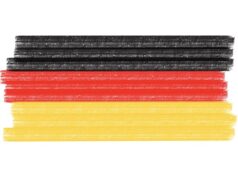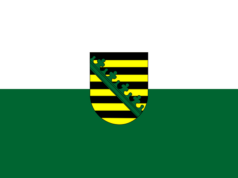However, it is still at a low level. In 2017, almost 545,000 people came from these third countries, including around 118,000 refugees, according to a study published on Friday by the Bertelsmann Stiftung. Of the 545,000 immigrants, about 38,100 people – about 7 percent – received a residence permit in 2017 as specialists. In 2015, it was only three percent.
With 635,000 people, significantly more people from EU countries moved to Germany at the same time. A good 60 percent of those who immigrated from other EU countries were skilled workers and had a university or vocational qualification, described foundation expert Matthias Mayer in Gütersloh.
After the years 2015 and 2016 have been dominated by the influx of refugees, since 2017, a „normalization“ in migration from draw. The share of refugees in the total immigration had dropped significantly to about 10 percent.
Immigrants from EU countries are heavily represented by Romanians, Poles, Bulgarians, Croats and Italians. For the third countries, the countries of origin of the skilled workers were mainly India, Bosnia-Herzegovina, America, Serbia and China.
The migration of skilled workers, even from outside Europe, is of great importance considering the 1.2 million unfilled vacancies nationwide and the upcoming retirement of the high-birth-generation, emphasized Mayer. Germany needed swiftly a transparent and effective immigration law. Anyone who decides to live in this country should have a clear perspective on a permanent residence permit and naturalization.
The Federal Government wants to win more skilled workers from EU countries and third countries for the German labor market with a skilled labor immigration law. But even for the low-skilled, the Bertelsmann investigation sees opportunities. For the study „Specialist immigration from third countries to Germany 2017“ Mayer had also evaluated data from the Central Register of Foreigners.



